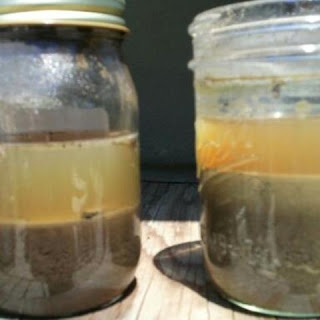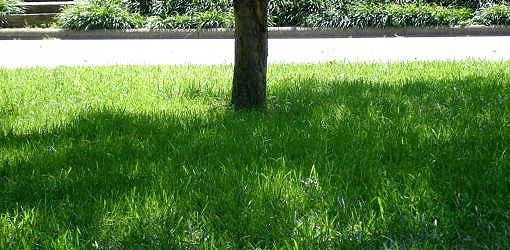Of course you can always come in to The Flower Bin for plants, gifts, tools and fertilizers, but did you know we carry critters? That's right, we carry Natural Pest Controls by Orcon. A lot of people don't like to use chemicals in their yards and gardens and choose to take a more natural path. You can do this by using live, natural pest controls instead! In our hardgoods department we have a whole section of critters. Learn about them, and what they can offer you:
Ladybugs!!
A lot of people in Colorado release ladybugs to take care of a number of problems. One of the things that they do best is eat those nasty aphids! They take care of a lot of small insects such as aphids and mites. We carry the live ladybugs here at The 'Bin by keeping them in the refrigerator so that they stay dormant. Here are some tips for how to release them in your yard. To start with you want to keep them in your fridge (not freezer) until you are ready to release them. First, you want to prepare the area where you are going to put them. You want to water down the plants in the area so that the ladybugs have plenty of water. You also want to release them in the evening, and also release them at the base of a plant or tree. For best results release about half of the bag, and put the remainder back in the fridge. Release the rest of them in a week or two. We also have ladybug houses to make the perfect habitat for the bugs. In addition to this we carry something called ladybug attractant. This does a number of things including: keeping the ladybugs you release around, attracting other ladybugs to the area and attracting other beneficial insects to the area such as lacewings.
 Praying Mantis!!
Praying Mantis!!Praying Mantis are used to get rid of a number of large insects including flies, grasshoppers and moths. They are sold in a cocoon which makes it even more fun, because you can often watch them hatch! Once you put the cocoon in a sunny and warm area it will take several weeks for them to hatch. Once it does hatch, dozens of Praying Mantis will come crawling out. These little guys mature pretty quickly and grow to a size that is perfect for praying on large insects. These are very graceful, cool creatures to find walking about your garden.
 Masonary Bees!!
Masonary Bees!!We sell bees! The bees come in a small straw that sits in the refrigerator to keep the bees in their dormant state. There are six bees to a package. What are they for? Pollinating! Pollinators in Colorado, and all over the country are at risk. Their loss of habitat, mixed with heavy pesticide use means that there are less and less of these beneficial insects every year. By releasing these bees you are helping yourself, your neighbors and the greater food supply. As an added plus, these type of bees don't have stingers...so you don't have to worry about them being pesky. We also sell a pretty neat bee house to both keep your bees around and attract others.

Nematodes!!Nematodes are microscopic worm-like critters. They are for indoor or outdoor gardeners and they live in your soil. They are perfect for eating the gnat larvae that may be lurking below the surface of the soil in either your houseplants or your outdoor gardens. As with the other beneficial critters we keep these guys in the fridge to make sure they stay fresh and dormant until they get released into your soil at home.
Red Wigglers!
Every gardener should know that worms are your friends! They serve many purposes and are of course very self-sufficient. We sell them here at The 'Bin in a tub of 200 Red Wigglers. One of the things a lot of people use them for is composting. They help break down that compost pile or compost bin faster. Another vital thing they do for gardeners and homeowners alike is improve the quality and health of your lawn and garden. Lawns need to be aerated and worms help to do this by loosening up the soil and allowing roots more space to grow.
As always, if you have any questions or concerns, don't hesitate to ask our hardgoods experts today!
Enjoy the critters!
 friend bought copies for her school library, others have read them to their children., they especially liked the story of Daddy's dog, Ring.
friend bought copies for her school library, others have read them to their children., they especially liked the story of Daddy's dog, Ring.





















































